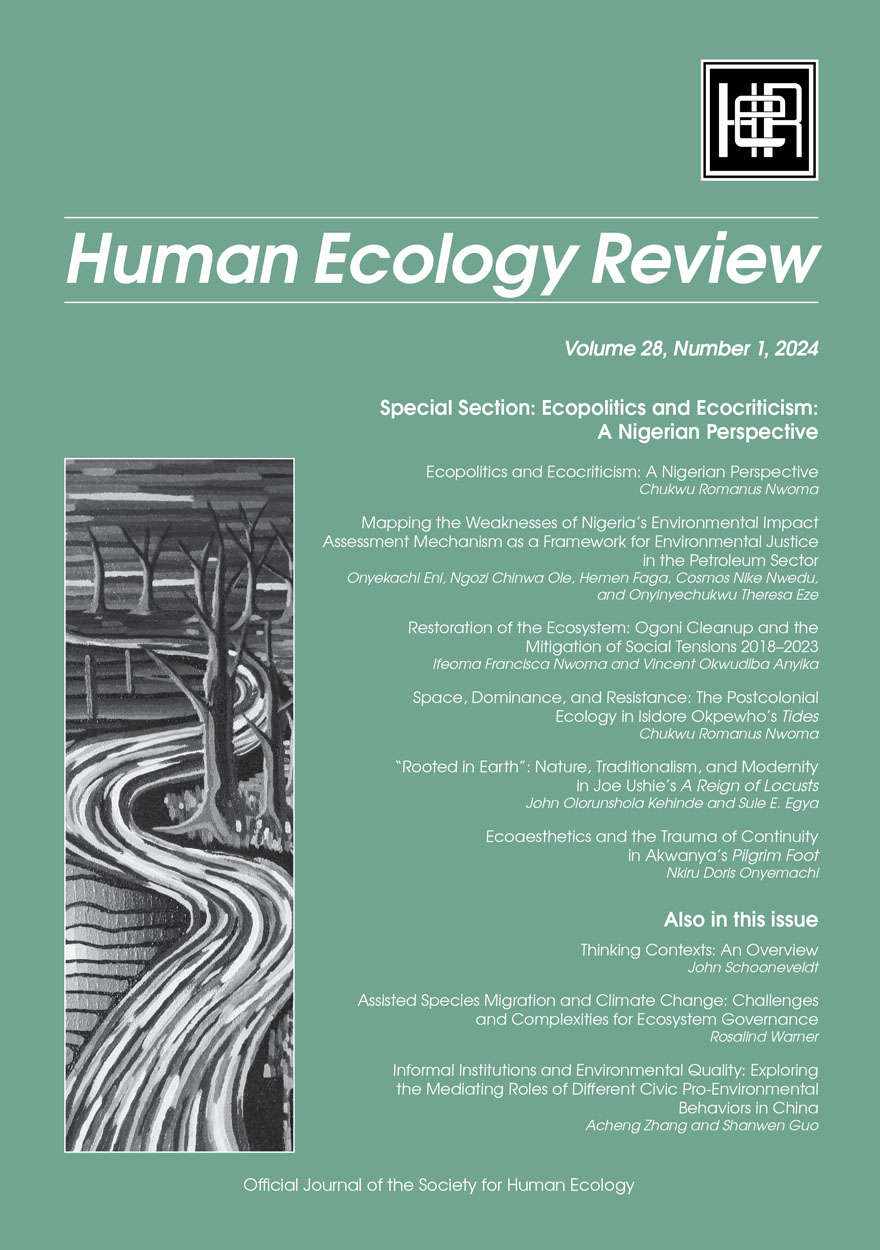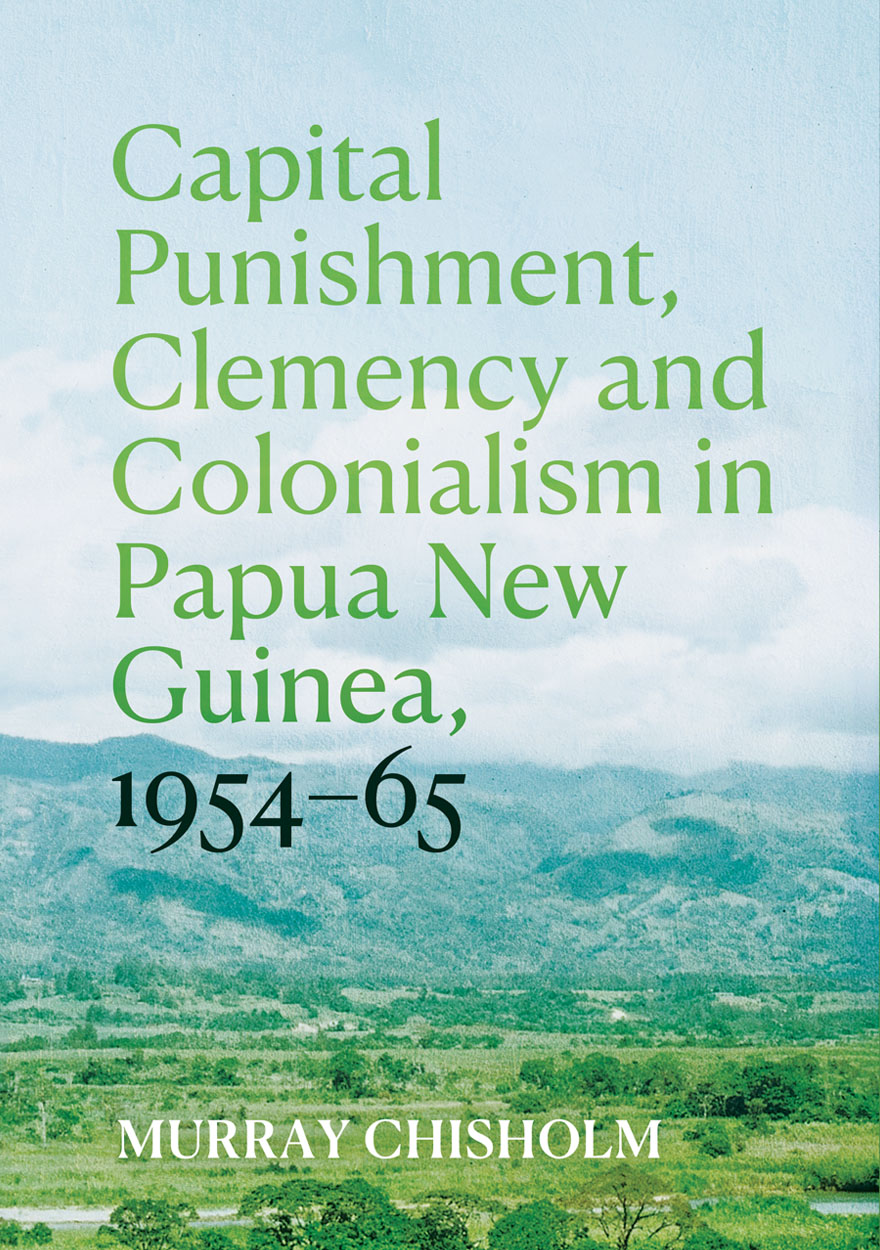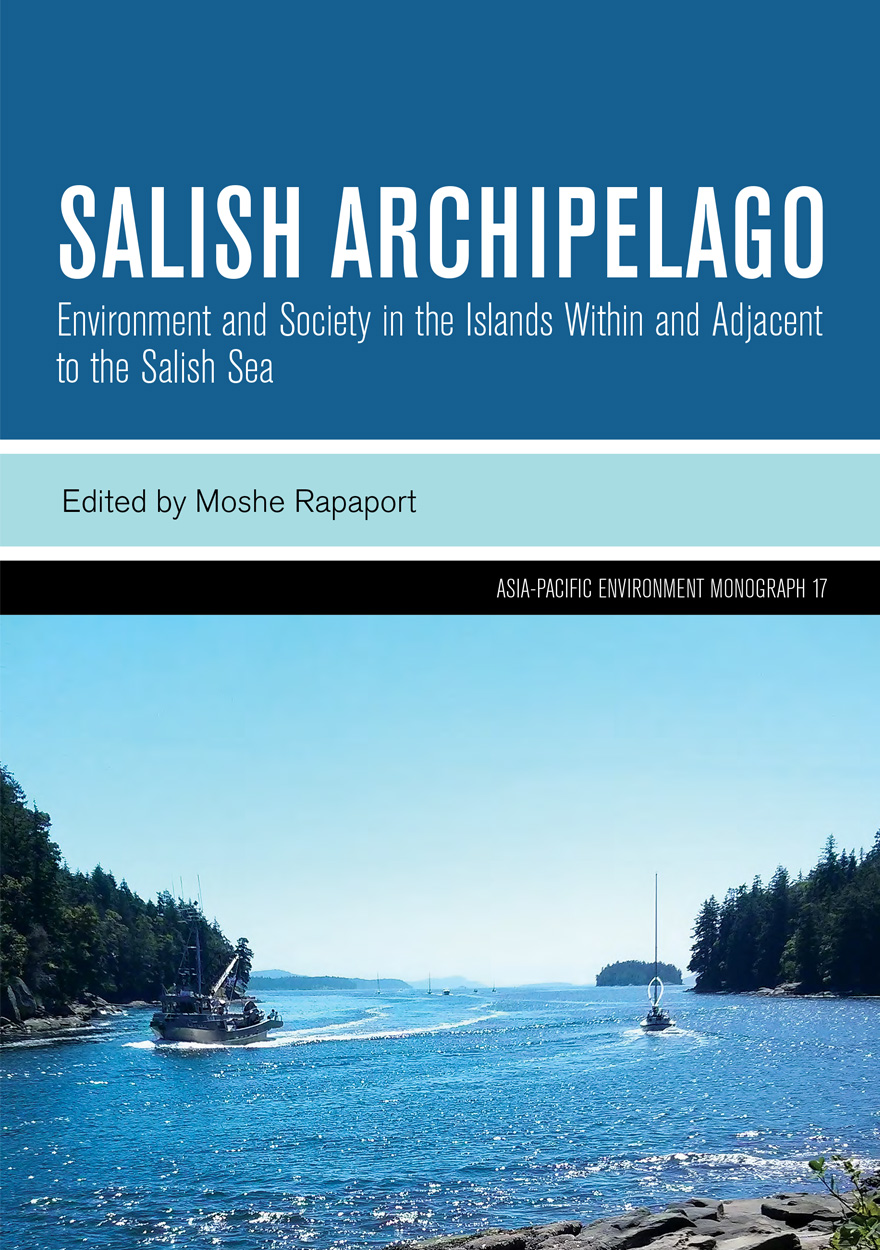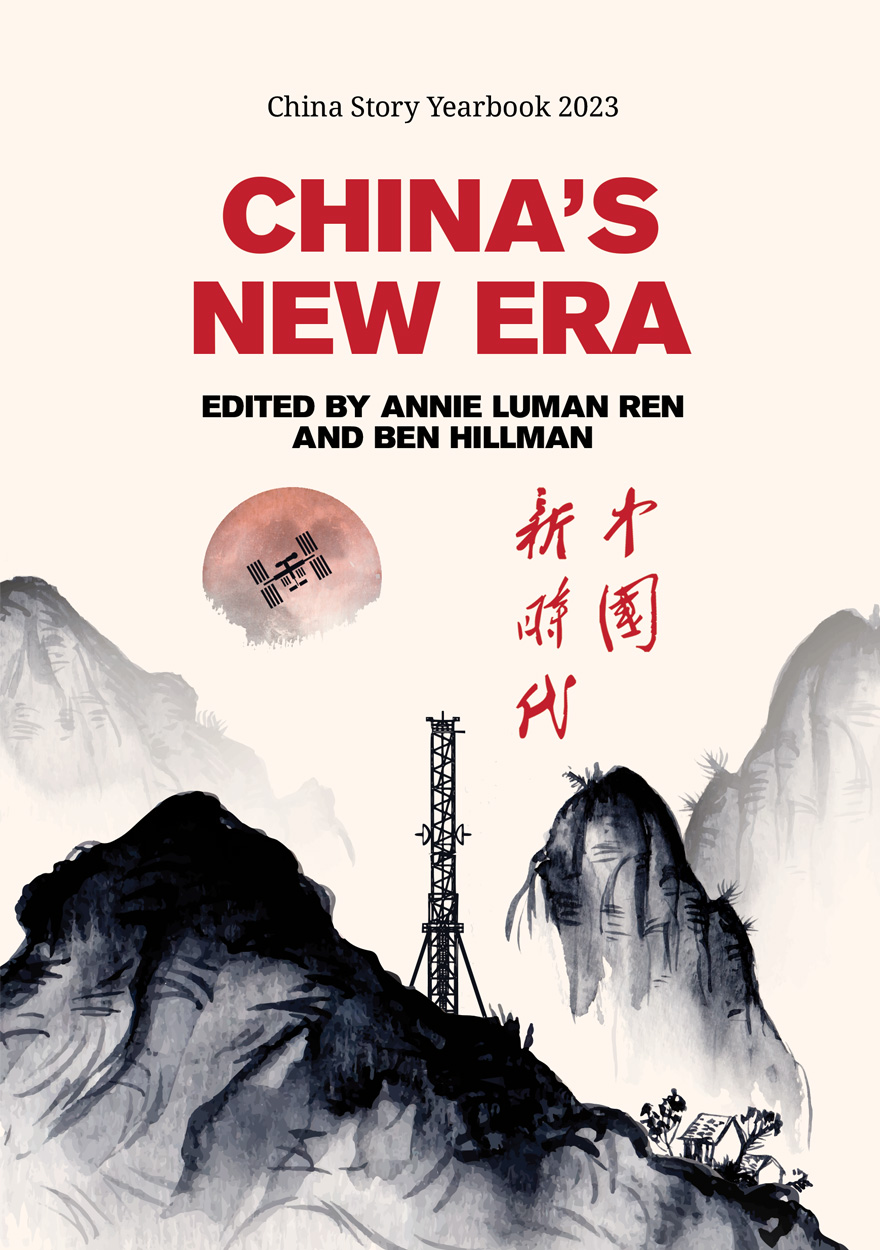Search titles
Displaying results 21 to 30 of 629.

‘My own sort of heaven’ »
A life of Rosalie Gascoigne
Authored by: Nicola Francis
Publication date: October 2024
Widely regarded as a major Australian artist, Rosalie Gascoigne first exhibited in 1974 at the age of fifty-seven. She rapidly achieved critical acclaim for her assemblages which were her response to the Monaro landscape surrounding Canberra. The great blonde paddocks, vast skies and big raucous birds contrasted with the familiar lush green harbour city of Auckland she had left behind. Her medium: weathered discards from the landscape. By her death in 1999, her work had been purchased for major public art collections in Australia, Aotearoa New Zealand and New York, and had been exhibited across Europe and Asia.
Gascoigne’s story is often cast in simple terms—an inspirational tale of an older woman ‘finding herself’ later in life and gaining artistic acclaim. But the reality is much more complex and contingent. This biography explores Gascoigne’s achievement of her ‘own sort of heaven’ through the frame of the narrative she told once she had gained fame, using a series of interviews she gave from 1980 to 1998. It revolves around her frequently stated sense of feeling an outsider, her belief that artists are born not made, and other factors central to the development and impact of her work. Migrating to Australia from New Zealand in 1943, Gascoigne experienced the dramatic social changes of the 1960s and 1970s and benefited from the growth of cultural life in Canberra, a developing Australian art industry, and changing conceptions of aesthetic beauty.

Human Ecology Review: Volume 28, Number 1 »
Publication date: September 2024
Human Ecology Review 28(1) features a Special Section from a collection of researchers in Nigeria, reflecting on the political and cultural influences on, and responses to, the unique social and environmental devastation of the oil-producing Niger Delta region. Across five articles and the introductory piece, the scholars address social and environmental justice and policy (Eni et al.); and examine the attempts to restore and clean up the landscape (I. Nwoma and Anyika). The focus then turns to ecoaesthetic responses in literary forms to the Nigerian landscape and cultures, with an ecocritical analysis of postcolonial ecology in Isidore Okpewho’s novel Tides (C. Nwoma); of traditionalism, modernity, and nature in Joe Ushie’s collection of poems, A Reign of Locusts (Kehinde and Egya); and concludes with an examination of the trauma of alienation from nature and homeland in Amaechi Akwanya’s collection of poems Pilgrim Foot (Onyemachi).
Following the Special Section, Schooneveldt describes a methodology for reframing how we perceive the agency of other organisms; Warner refines and develops governance principles for assisted species migration; and Zhang and Guo explore informal institutions in China and their role in mediating pro-environmental behaviours.

Dick Watkins »
Reshaping Art and Life
Authored by: Mary Eagle
Publication date: September 2024
Dick Watkins belongs to the generation of artists whose careers were launched at the high-flying end of American-based Abstraction. Almost immediately he faced up to the abrupt end of the Modern era. Culture was no longer to be framed by ‘progress’. In 1970, taking stock of the situation, he announced that he was a copyist, there being no such thing as a new creation in art, shaped as it was by visual languages. Nor did he intend to limit his curiosity about the relation of art to life by restricting himself to a ‘personal’ style. There followed a long and passionately adventurous exploration into many subjects and styles, during which Watkins was often the first to signal changes taking place in Western culture. The result is that for half a century he has been a major, if controversial figure in Australian art.
Format: Hardback

Aboriginal History Journal: Volume 47 »
Edited by: Crystal McKinnon, Ben Silverstein
Publication date: September 2024
This volume opens with Joakim Goldhahn, Sally May, and Jeffrey Lee’s study of renowned Badmardi artist Nayombolmi, best known for his rock art but here considered as an artist who produced a number of bark paintings for collectors in the 1950s and 1960s. They show us how his representation of public stories of Spirit or Ancestral Beings emerges from a negotiation between the artist, collectors, and dealers, shaping the forms in which he shared Badmardi story.
The following two articles take up the theme of negotiation in contexts of segregation. Sam Furphy describes Yorta Yorta memory activism relating to Queen Elizabeth II’s visit to Yorta Yorta Country in 1954, considering memories of the fence that was erected to place Yorta Yorta people beyond the Queen’s view and prevent any direct relationship between peoples. Cameron Raynes continues to study segregation by considering the disastrous health impacts of the colour bar that excluded Aboriginal people of the Point Pearce Station from the nearby Wallaroo and Maitland Hospitals in the early-mid twentieth century.
The next articles turn to relationships between Aboriginal people and colonists in Queensland. In a collaboratively written article, Alice Buhrich, Lewis Richards, Brian Bing, Jimmy Richards, Sharon Prior, Jenny Lacey, Tania Casey and Megan Mosquito narrate a history of past and ongoing Ewamian resistance to European invasion that stands in stark contrast to myths of Ewamian disappearance. Rebeka Manning and Sally Babidge read archives of Queensland pastoral stations for traces of Aboriginal women’s and girls’ domestic service, taking these hints as occasions for Aboriginal storytelling.
The final article, co-authored by members of the Aboriginal History Archive Will Bracks, Coen Brown, Clare Land, Gary Foley, John Hawkes, Kim Kruger, Rochelle le Pere, Natasha Ritchie and Shannon Woodcock, describes the work of that archive to produce a historical understanding that can provide the basis for describing and enacting Aboriginal self-determination.
The volume also includes a series of book reviews, as well as reflections on the life and work of Niel Gunson and Gordon Briscoe, two key figures in Aboriginal History whose influence is evident throughout these pages.

Preparing a Nation? »
The New Deal in the Villages of Papua New Guinea
Authored by: Brad Underhill
Publication date: August 2024
Preparing a Nation?, based on extensive archival research, addresses perennial questions of Australian colonialism in Papua New Guinea. To what extent did Australia prepare Papua New Guinea for independence? And what were the policies and the ideologies behind colonial development, implemented after World War II? A key innovation of this book is to take these questions from policy desks in Canberra and Port Moresby to the villages of four administrative areas: Chimbu, Milne Bay, Sepik and New Hanover. How successful were Australian colonial planners in designing and implementing programs that could ameliorate the potential harm of market capitalism and develop ‘new’ socioeconomic structures that would combine a disparate people into an ‘imagined community’, capable of becoming an independent nation-state in the far distant future? Colonial intention is contrasted with Indigenous experience. Bradley Underhill explores an Australian governmental tendency to prioritise colonial control over Indigenous autonomy in circumstances where subjugated people do not necessarily fit within an expected narrative of compliant or westernised ‘native’.
‘I expect it will become the standard reference for its subject, which covers a pivotal aspect of Australia’s colonial administration.’
—Bill Gammage

Rebellion at Coranderrk »
Authored by: Diane Barwick
Publication date: August 2024
More than a century ago an Aboriginal community in Victoria campaigned for recognition of their right to occupy and control the small acreage they had farmed for 25 years. Others wanted to develop this tract. Government spokesmen denied that the occupants had inherited any rights to this land and declared that, anyway, they were not really Aborigines. This book is about the rebellion at Coranderrk Aboriginal Station between 1874 and 1886. It describes how Coranderrk families fought to keep their land. To explain why they fought I must begin with the years before, to show what this ‘miserable spadeful of ground’ meant to them, and how they came to be there. Finally, I sketch what ultimately happened.
First published in 1998, 12 years after the death of its author Diane Barwick, Rebellion at Coranderrk was an attempt to rectify some of the injustices of the past two-hundred-plus years in Australia, and to prevent similar occurrences in the future.
It remains acutely relevant.
This book includes the names and images of people who are now deceased.
‘All Australians have good reason to be grateful to Diane Barwick.’
— H. C. Coombs
‘The painstaking research, the perceptive judgements of people and events, and the brilliant prose combine to produce a magnificent account of the Kulin and their European “administrators”. The book is simply packed with historical reinterpretation and vivid reconstructions of families and individuals.’
— C. T. Stannage
‘The author’s research found that Coranderrk is an excellent example of … an Aboriginal (farming) success story. It is very relevant to modern land-rights protests throughout Australia.’
— Canberra Times

Small Islands in Peril? »
Island Size and Island Lives in Melanesia
Edited by: Colin Filer
Publication date: July 2024
This book explores the idea that small island communities could be regarded as canaries in the coal mine of sustainable development because of scientific and anecdotal evidence of a common link between rapid population growth, degradation of the local resource base, and intensification of disputes over the ownership and use of terrestrial and marine resources. The authors are all anthropologists with a specific interest in the question of whether the economic and social ‘safety valves’ that have previously served to break some of the feedback loops between these trends appear to be losing their efficacy. While much of the debate about economy–society–environment relationships on small islands has been overtaken by a narrow focus on the problem of climate change, the authors show that there are many other factors at work in the transformation of island lives and livelihoods.

Capital Punishment, Clemency and Colonialism in Papua New Guinea, 1954–65 »
Authored by: Murray Chisholm
Publication date: July 2024
This study builds on a close examination of an archive of files that advised the Australian Commonwealth Executive on Papua New Guineans found guilty of capital offences in PNG between 1954 and 1965. These files provide telling insight into conceptions held by officials at different stages of the justice process into justice, savagery and civilisation, and colonialism and Australia’s role in the world. The particular combination of idealism and self-interest, liberalism and paternalism, and justice and authoritarianism axiomatic to Australian colonialism becomes apparent and enables discussion of Australia’s administration of PNG in the lead-up to the acceptance of independence as an immediate policy goal. The files show Australia gathering the authority to grant mercy into the hands of the Commonwealth and then devolving it back to the territories. In these transitions, the capital case review files show the trajectory of Australian colonialism during a period when the administration was unsure of the duration and nature of its future relationship with PNG.

Salish Archipelago »
Environment and Society in the Islands Within and Adjacent to the Salish Sea
Edited by: Moshe Rapaport
Publication date: June 2024
The Salish Archipelago includes more than 400 islands in the Salish Sea, an amalgamation of Canada’s Georgia Strait, the United States’ Puget Sound, and the shared Strait of Juan de Fuca. The Salish Sea and Islands are named for the Coast Salish Indigenous Peoples whose homelands extend across the region.
Holiday homes and services have in many places displaced pristine ecosystems, Indigenous communities, and historic farms. Will age-old island environments and communities withstand the forces of commodity-driven economies? This new, major scholarly undertaking provides the geographical and historical background for exploring such questions.
Salish Archipelago features sections on environment, history, society, and management, accompanied by numerous maps and other illustrations. This diverse collection offers an overview of an embattled, but resilient, region, providing knowledge and perspectives of interest to residents, educators, and policy makers.
Format: Hardback

China’s New Era »
Edited by: Annie Luman Ren, Ben Hillman
Publication date: June 2024
According to Communist Party discourse, China’s ‘New Era’ began when Xi Jinping was anointed Party boss in 2012. The shape of this New Era became eminently clear in 2023 when Xi commenced his third five-year term as General Secretary of the Party, a fortification of one-man authoritarian rule unprecedented in post-Mao China. Under Xi, the Party has expanded its influence over government, the economy and society. The Party-State is now more Party than State. The year 2023 saw other ‘new eras’ for China as well. Despite initial optimism sparked by the end of COVID-19 restrictions in late 2022, the Chinese economy in 2023 was buffeted by continuing property sector woes, record unemployment, and an unfolding local government debt crisis. Globally, China adopted a series of new and ambitious diplomatic initiatives to woo the Global South and amplify its voice on the world stage. The China Story Yearbook 2023: China’s New Era provides informed perspectives on these and other important stories that will resonate for years to come.



